
Vetiver Planting for Slope Stabilization
Vetiver is useful for stabilizing slopes because the roots of vetiver plants have very high tensile strength which have an effect on the soil and increases the strength of the soil by 40 %.
CHARACTERISTICS OF VETIVER GRASS THAT MAKES IT IDEAL FOR SLOPE STABILIZATION
Many different plants have been used as a method to prevent erosion, none of them is as good as vetiver. Vetiver has been a subject of research for quite a while now and researchers have done a detailed study on the unique attributes of vetiver that sets it apart. It has been proven that vetiver is a very effective bioengineering tool and the ideal choice for slope stabilization.
The characteristics of vetiver that make it ideal for slope stabilization are-
Vetiver is technically a grass, but it behaves like very fast growing shrubs or trees when used in land stabilization techniques. The roots of vetiver are stronger and more secure than the roots of trees.
Vetiver has a broad and bulky root system which binds to the soil and is very difficult evict it. The deep and finely structured root system of the vetiver is able to extend downwards to a height of two to three meters. This is the reason why vetiver is tolerant to drought.
Vetiver is known to be stronger than many hardwood species, as its roots have very high tensile strength that have proven to be very sturdy in steep slopes.
If planted correctly and closely together, vetiver can form permanent hedges which are very dense and can stand up to heavy water flow. They reduce the velocity of water flow and trap sediments.
The vetiver hedges are able to divert the runoff water and can create a very efficient filter that has the ability to control erosion. They slow down the flow of water and allows the ground to soak water.
Vetiver can tolerate extreme climatic conditions and all variations in the environment including prolonged floods and drought like conditions. The vetiver can stand extreme temperatures from a range of -14 to 55 degree celcius.
Vetiver has high tolerance and can grow in mediums which are high in acidity, alkalinity or even salinity.
It can tolerate high levels of elements like Al, As, Cd, Cr,Zn, Pb and Hg present in the soil. Vetiver is also very efficient in absorbing nitrates and phosphate from polluted water.
It is non invasive and very low maintenance.
HOW VETIVER PLANTING IS DONE FOR SLOPE STABILIZATION
Specifications-
Two plants should be separated by a distance of 4 inches and two rows should be 50 cm apart.
A rope should be tied so that the vetiver is planted in a straight line.
Trenches should be dug by the workers. The trenches should be 10-12 cm deep and three inches wide.
Fill the trench with vermicompost. The vermicompost must be one inch thick.
Place the vetiver plant in the centre of each row and separate the plants by a distance of four to five inches.
Cover the roots with soil and pat it down firmly. Watering should be done within a day if there is absence of rainfall.
Maintenance-
Watering should be done every day for the first two weeks and then two to three times a week until the plants are fully grown. The Vetiver plants do not require watering after they have grown completely into mature plants.
After the first month of planting, all plants that are not able to establish themselves should be removed.Further inspections should be continued a check should be kept on all the plants until they are fully mature.
Weeds and vines should be controlled during the first year since the plants are not fully mature.
Regular trimming is also very important. It also improves the appearance of the hedgerows. Subsequent trimming should be done two to three times a year.
USE OF VETIVER SYSTEM FOR SLOPE STABILIZATION AROUND THE WORLD
Vetiver system is being used throughout the world for the stabilization of slopes, protection from erosion and many other environmental factors.
Some of the places where vetiver has been used are-
Ho Chi Minh Highway, Vietnam- This 2000km highway was stabilized by vetiver system. After stabilization by the vetiver system the slopes were protected by 60%. The system helped in protecting the slopes against heavy rainfall and even typhoon like conditions. This highway is a proof for the abilities of the vetiver system for slope stabilization.

Dora bridge abutment, Assam, India- Protection of the dora bridge in Assam is done by the Vetiver system.

Residential slope stabilization in Brazil-

Vetiver System Railroad Stabilization Australia-




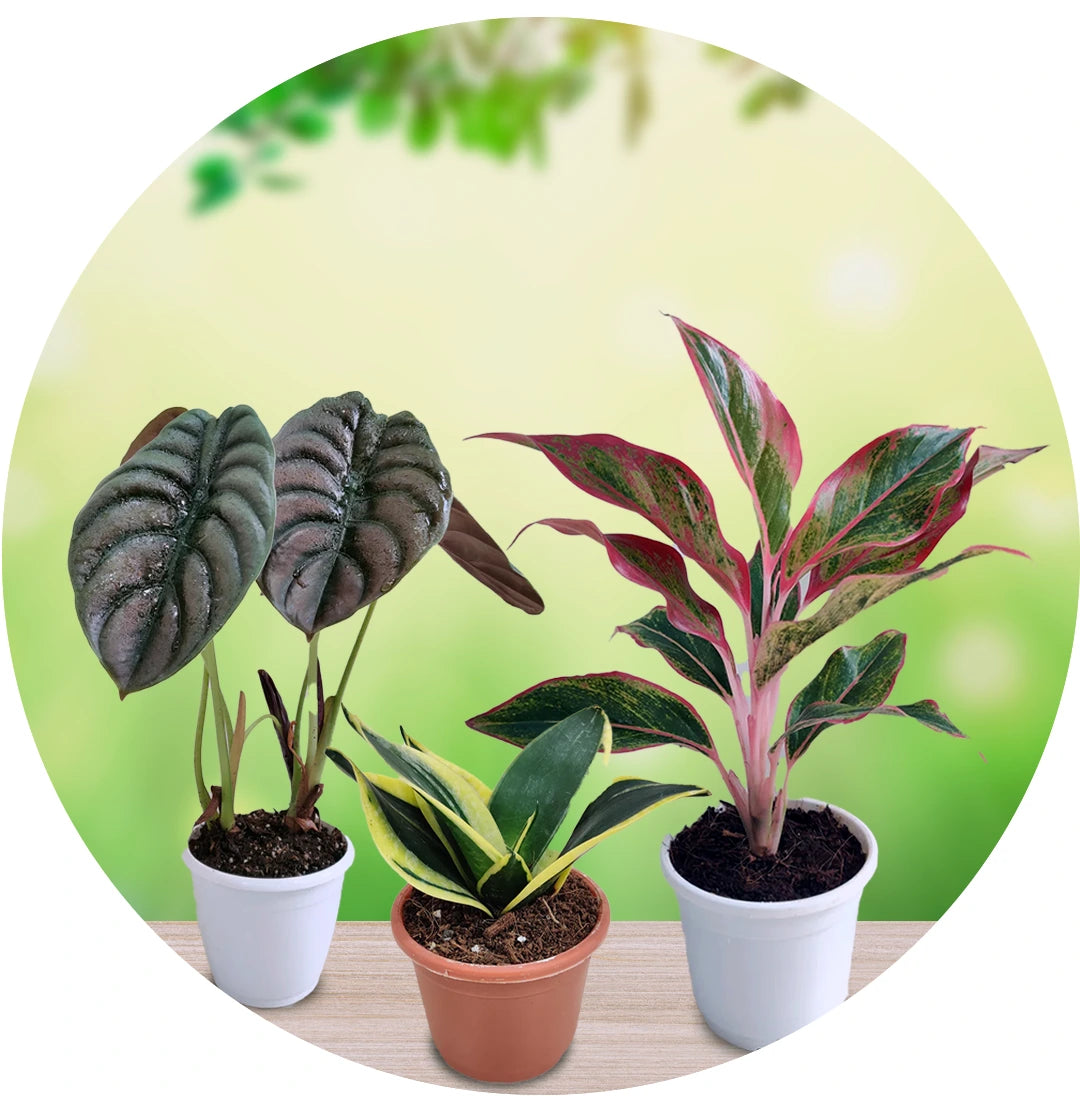
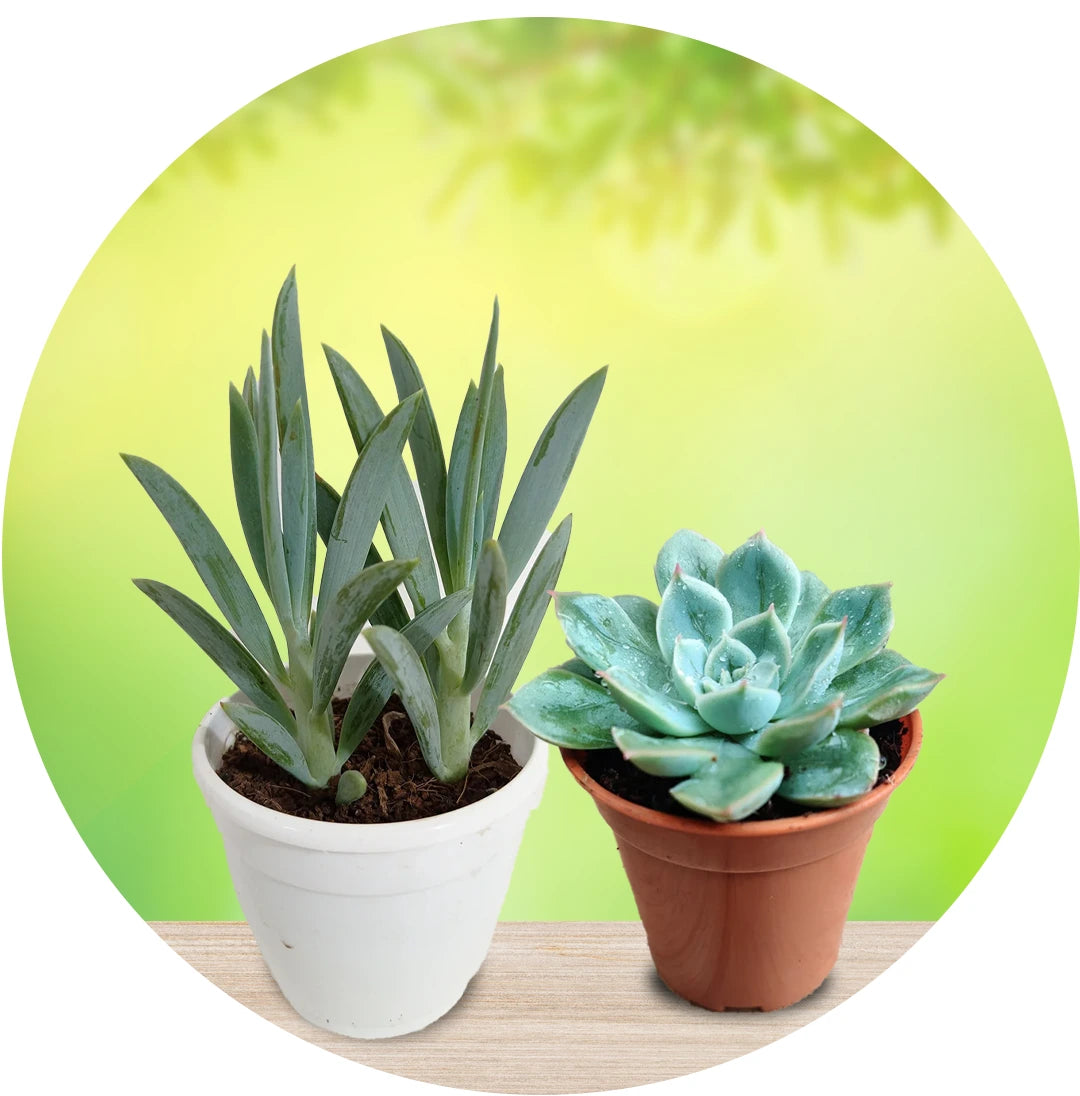
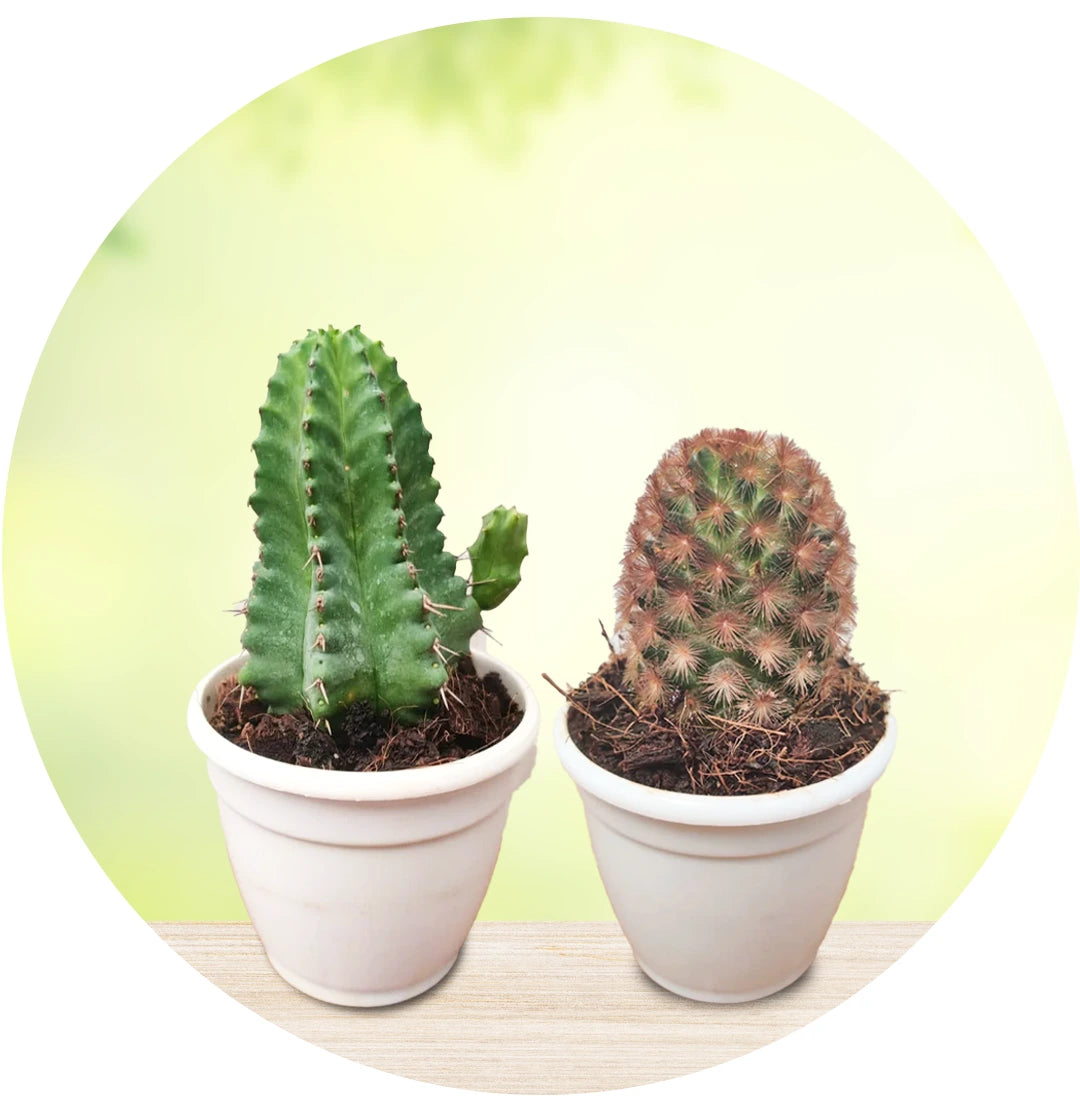
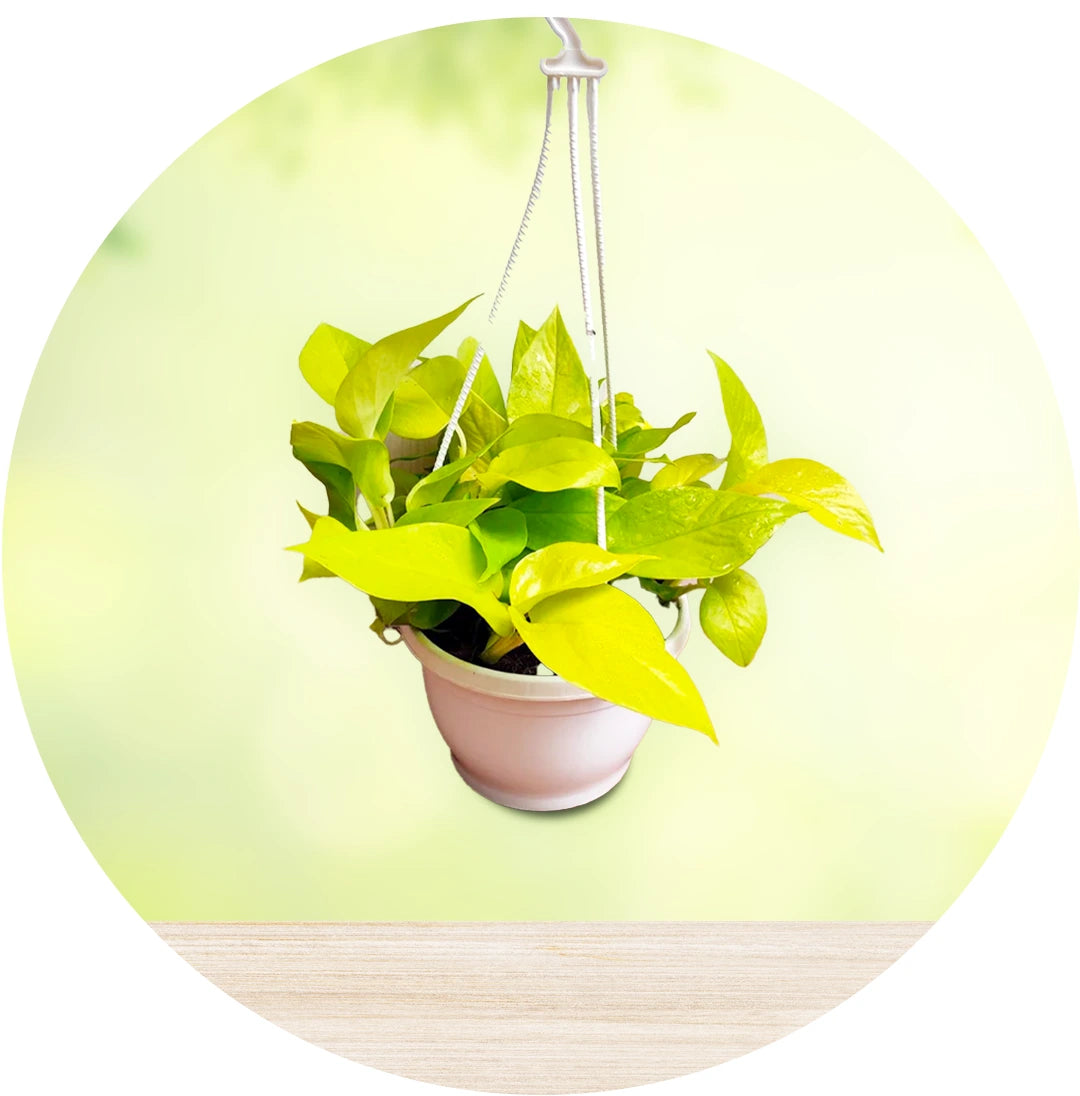
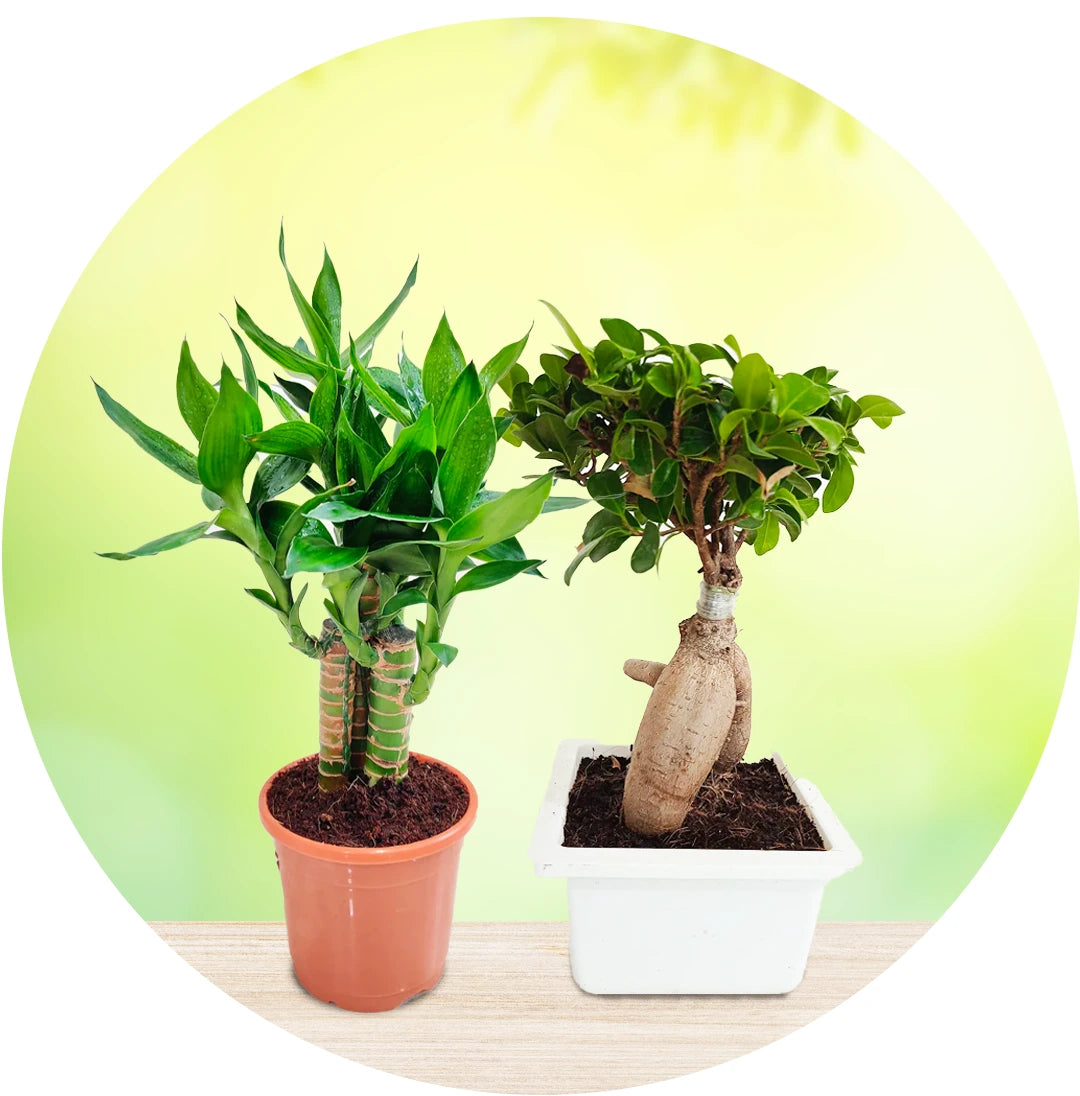
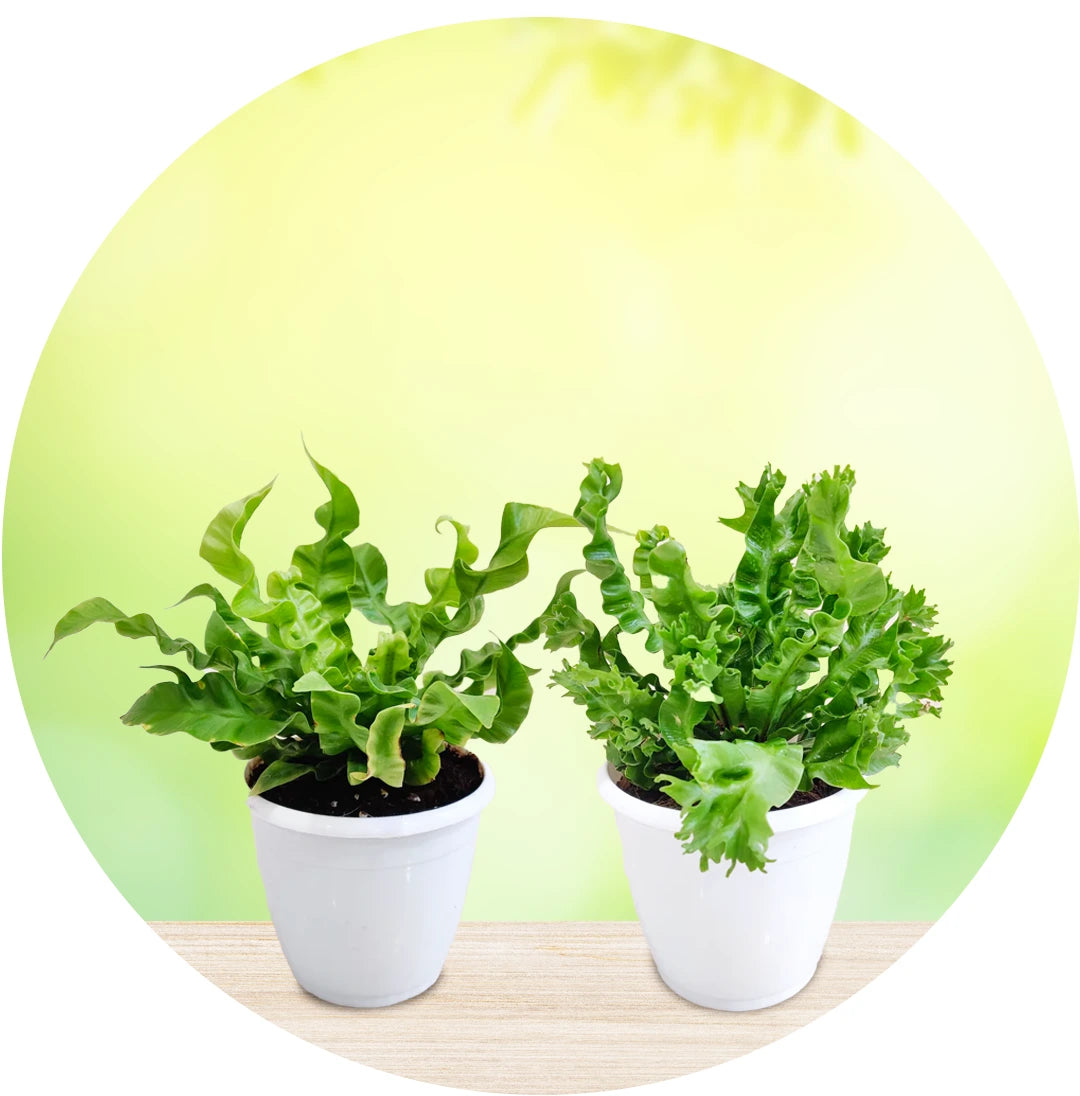
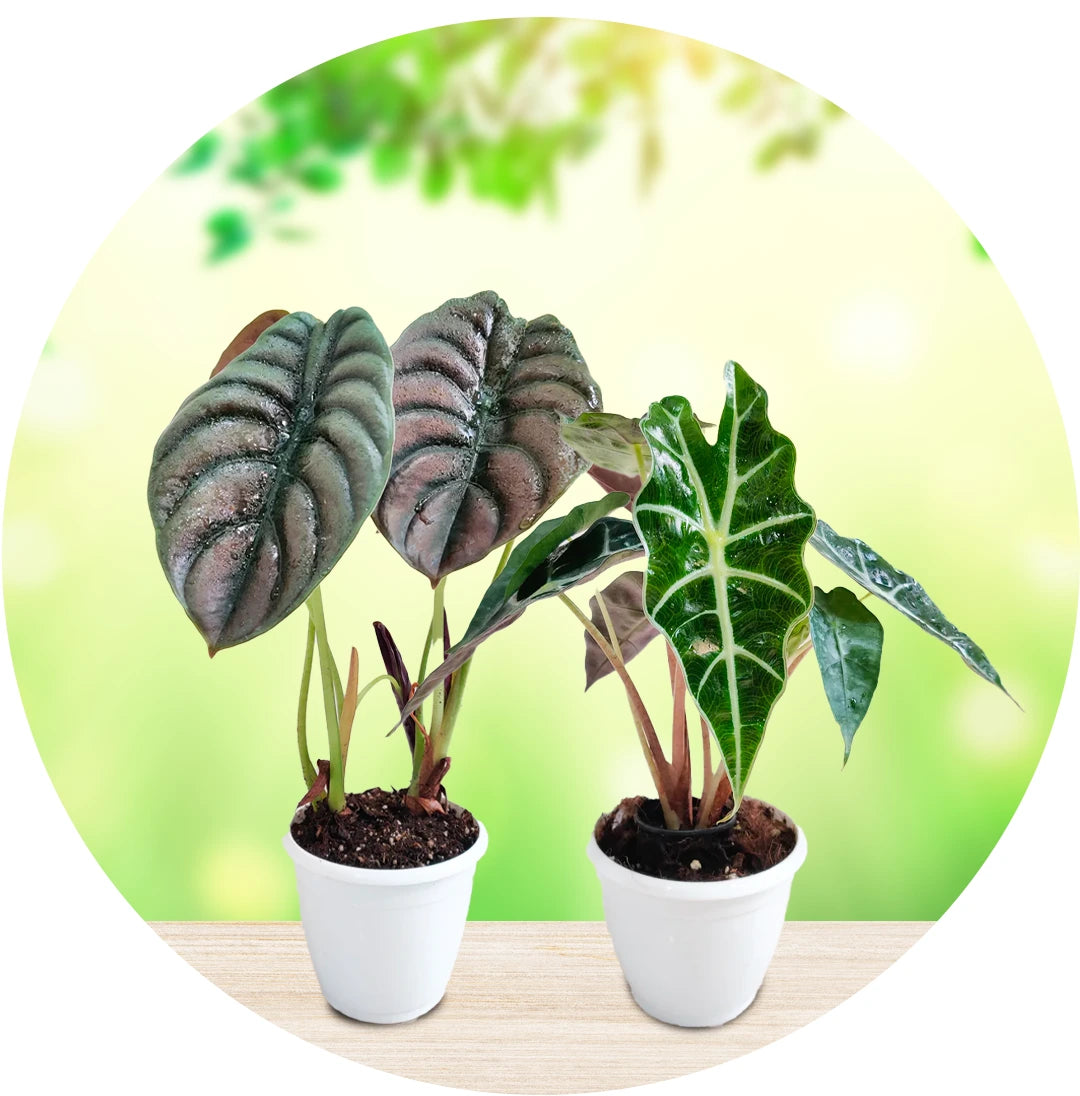
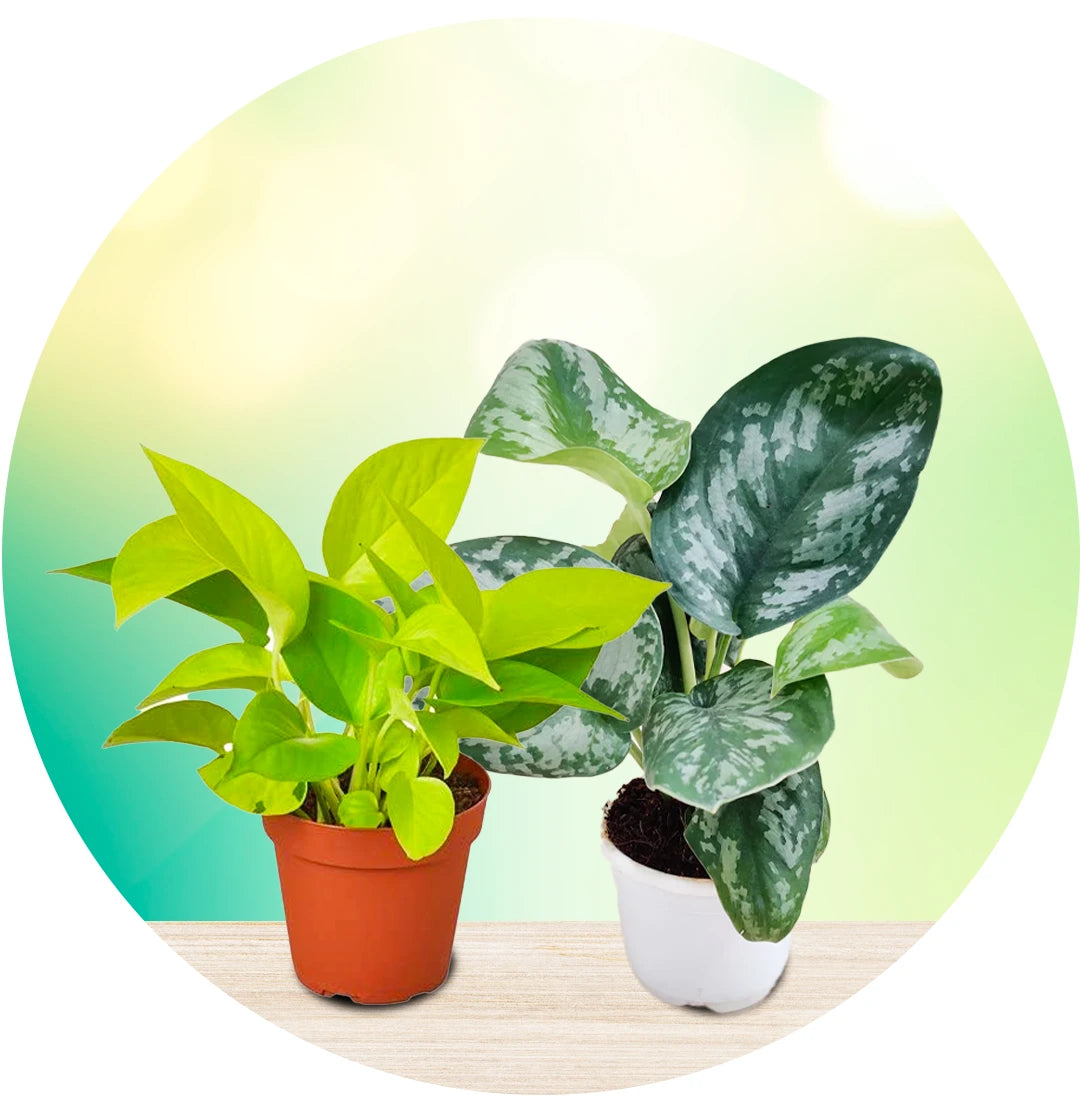
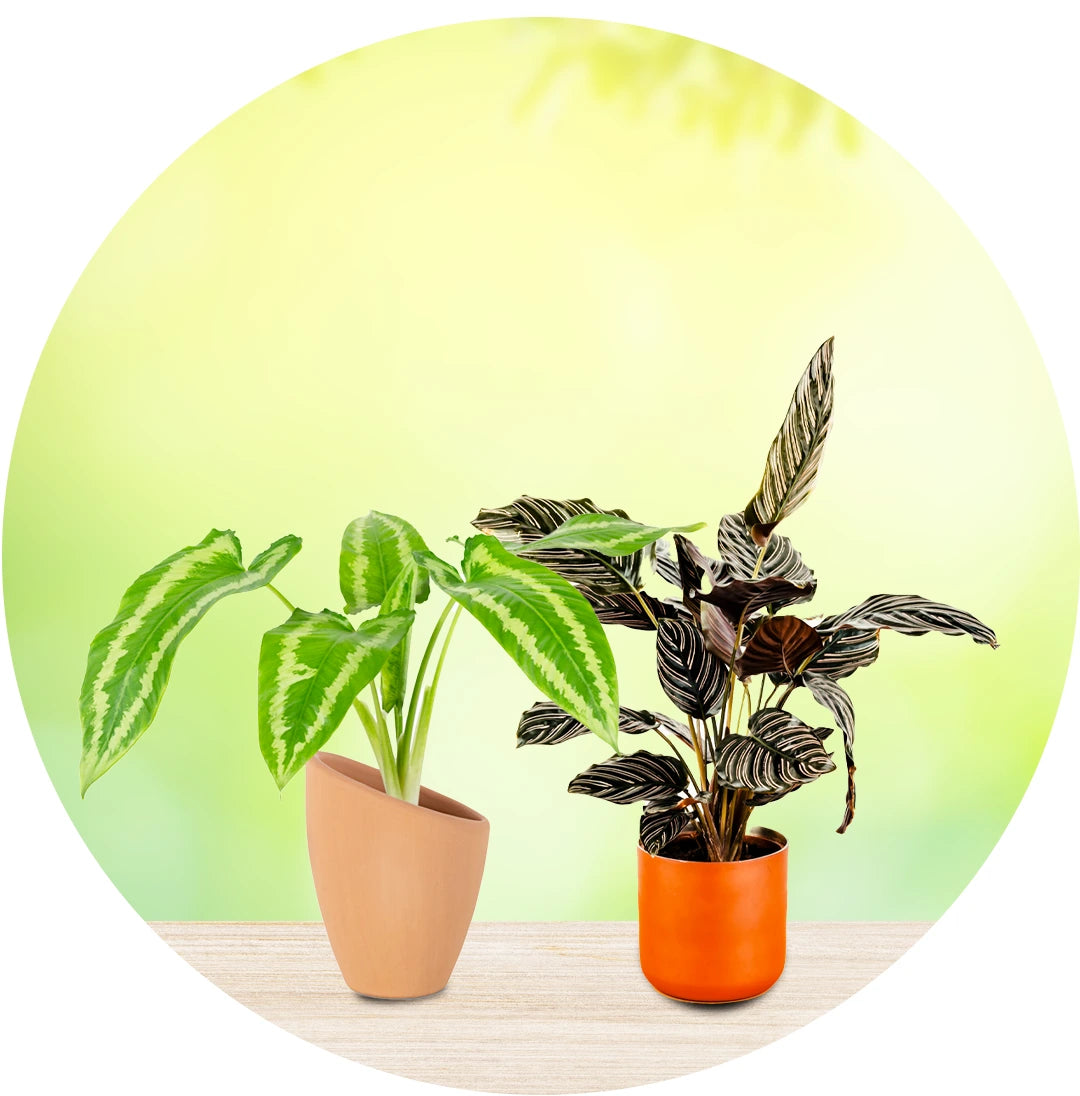
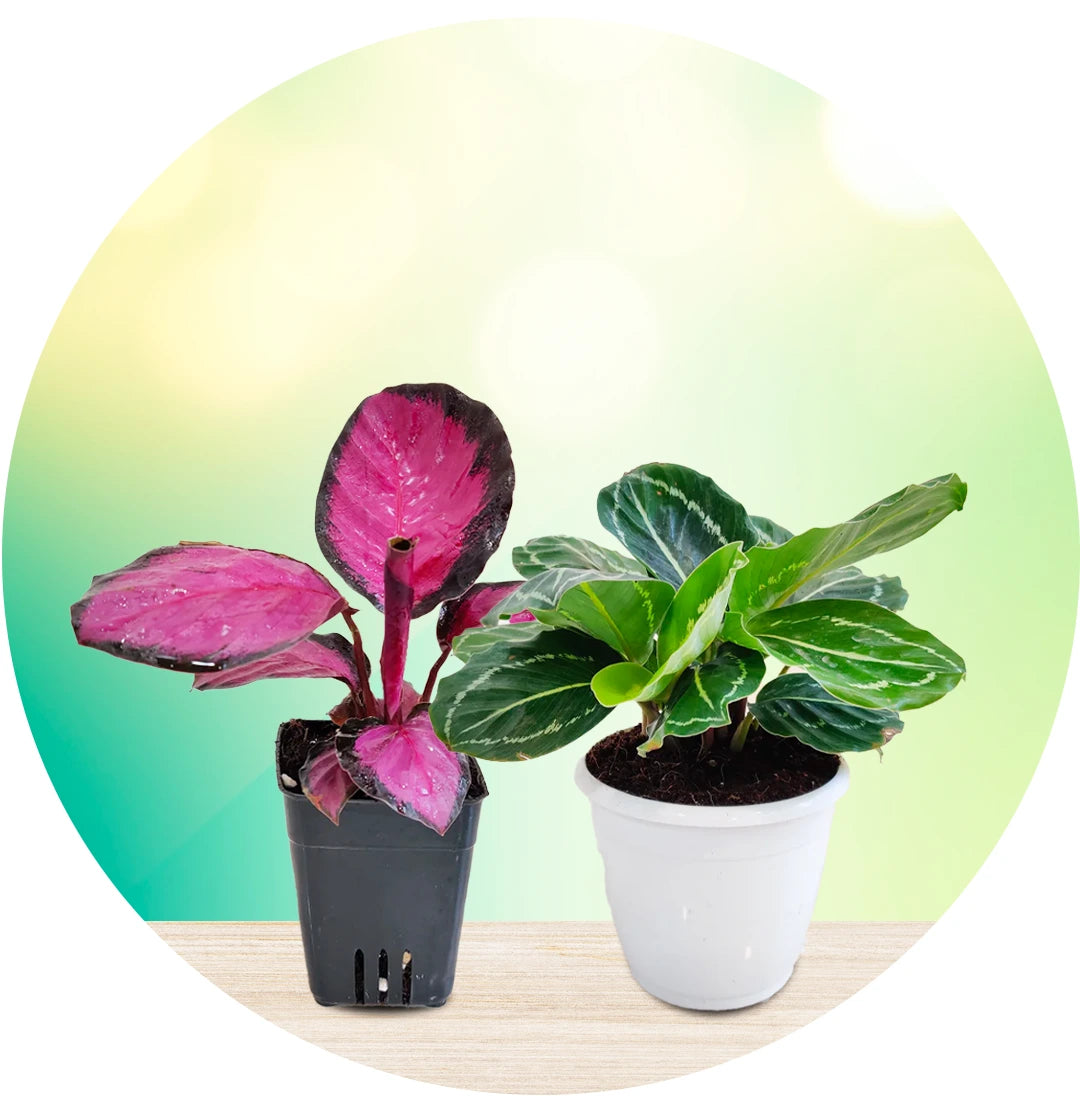
Comments
Leave a comment